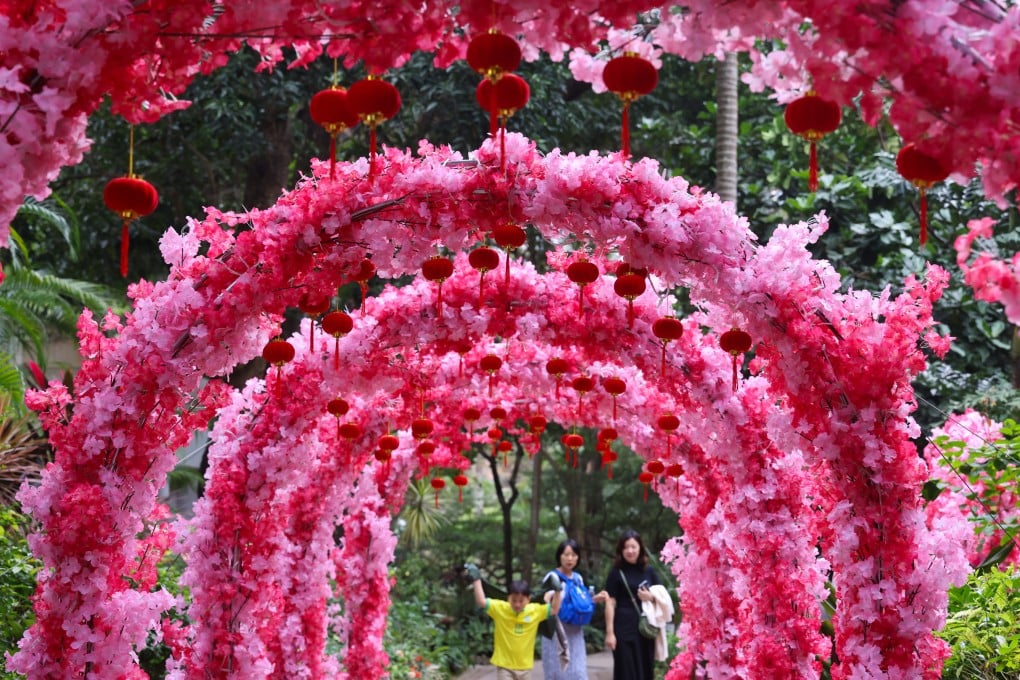Inside Out | What’s so bad about artificial flowers and fake plants?
- Much of the criticism of artificial flowers is environmental: they are made in factories, use plastics and end up in landfills. But the cut-flower business also has poor green credentials

Over Lunar New Year and up to Easter, my local shopping centre was transformed into a cherry-blossom-festooned “Barbieland” providing infinite Instagrammable opportunities for shoppers, families and romancing couples. Yards away, the passageways to the shopping centre’s toilets and its underground car parks were cheered up by large walls of flowers and other plants.
While many still use plastic, they nowadays use much more silk and other materials. Extraordinary innovation means that many fake flowers are virtually indistinguishable from the real thing. Meticulous botanical imitation and the use of 3D printing deceive all but the closest examination. Even floral fragrances can be deployed, with some fake flowers infused with materials that transform water into a sugar solution which can attract butterflies and insects.
The fake flower business still has a long way to grow to match the global cut-flower industry. Good data is hard to find, but a few marketing research organisations converge around a global “permanent botanicals” market of close to US$2 billion a year – compared to a global cut-flower market of more than US$35 billion, dominated by the Netherlands and Colombia.
But it has grown large enough to raise the hackles of those involved in the “real” flower business.
